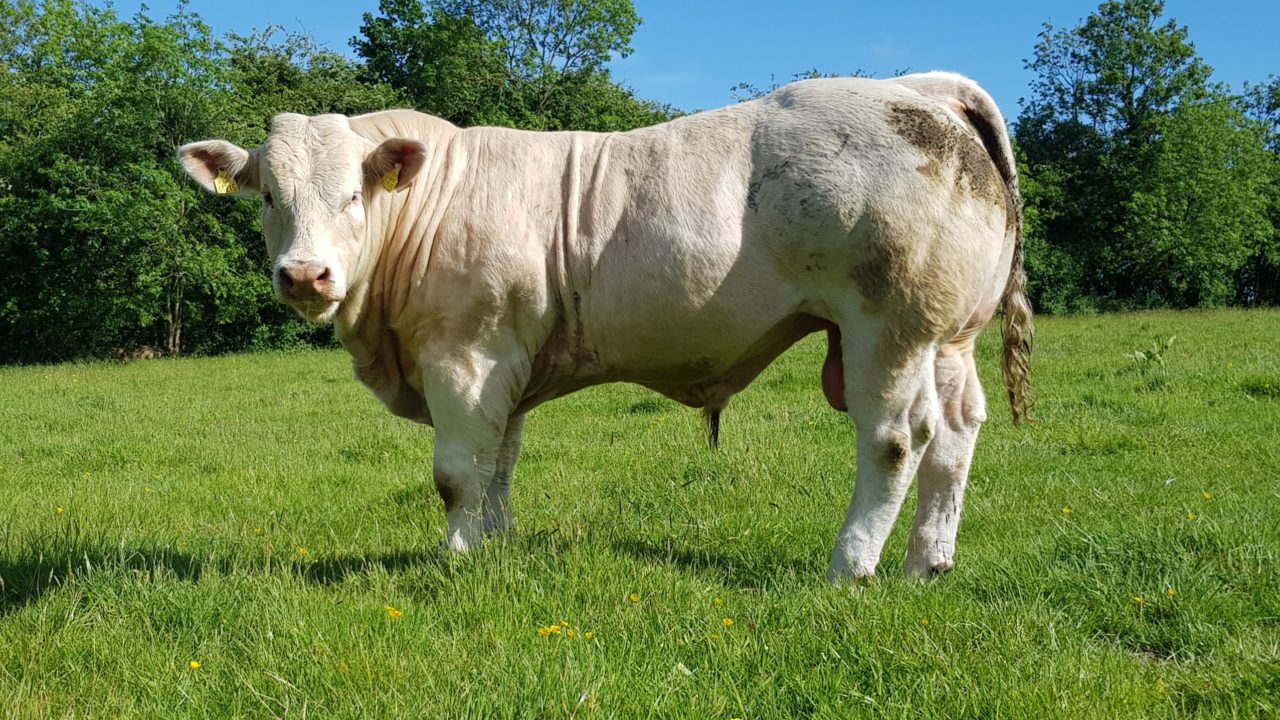With the breeding season just around the corner for both beef and dairy farms, the issue of managing a stock bull and checking him over before he gets into action, is very important.
A bull that is not functional on the farm is not only going to result in calves not being produced, it’s also going to have a big financial implication.
Cows will have missed heats and therefore result in the calving pattern being spread out longer than planned.
If an issue is caught in time, a farmer can try to rectify it by pulling the stock bull out and depending on the seriousness of the issue – they can source another bull to run with the herd, or move to using artificial insemination (AI) this season.
10 tips for managing a stock bull this spring
- Bull fertility check: A bull’s fertility status can change from year to year. Therefore, it is good practice to have a fertility test carried out on the stock bull, prior to start of breeding season. It is estimated that 25% of stock bulls are sub-fertile. The cost of the test is very low if you compare it to carrying empty cows for the summer and results are available to you before the technician leaves the yard.
- Body Condition score (BCS): A bull must be able to maintain body condition score (ideally BCS 3), repeatedly mount, serve cows for 12 weeks and have a long working life in the herd. If you have bought a bull, find out from the seller what diet and current concentrates he is being fed and vaccinations he has received.
- Health: A blood test might be useful to check for bovine viral diarrhoea (BVD), infectious bovine rhinotracheitis (IBR), Johnes Disease and Leptospirosis. If vaccinating or treating for parasites, these should be administered at least six-eight weeks in advance of the breeding season, as they could lead to reduced fertility. Consult your vet for advice on the health of the bull. Remember a young bull in his first season should serve no more than 20 cows.
- Nutrition: It is important to avoid sudden changes and not to overfeed the bull as this can reduce fertility and lead to feet problems. He needs to be fit, but not overly fat.
- Visual check: In advance of the breeding season, check feet and legs well and take remedial action if required.
- Observe: Watch the bull working to check that he is serving cows correctly.
- Rotate: If possible rotate bulls or scan cows early, so that an infertile bull or sub-fertile bull can be identified quickly.
- Records: Record when you see a cow being mated and watch for signs of cows coming on heat repeatedly.
- Issues: If a large number of your cows are repeating, you need to take action to find out what is wrong. You must be prepared to start using AI, or if you have a second bull with another group of cows, he may be utilised to serve more cows.
- Pregnancy scanning: When it is at least 35 days since the last cow in the herd could have been served, then you should consider scanning the cows. It offers many advantages.


